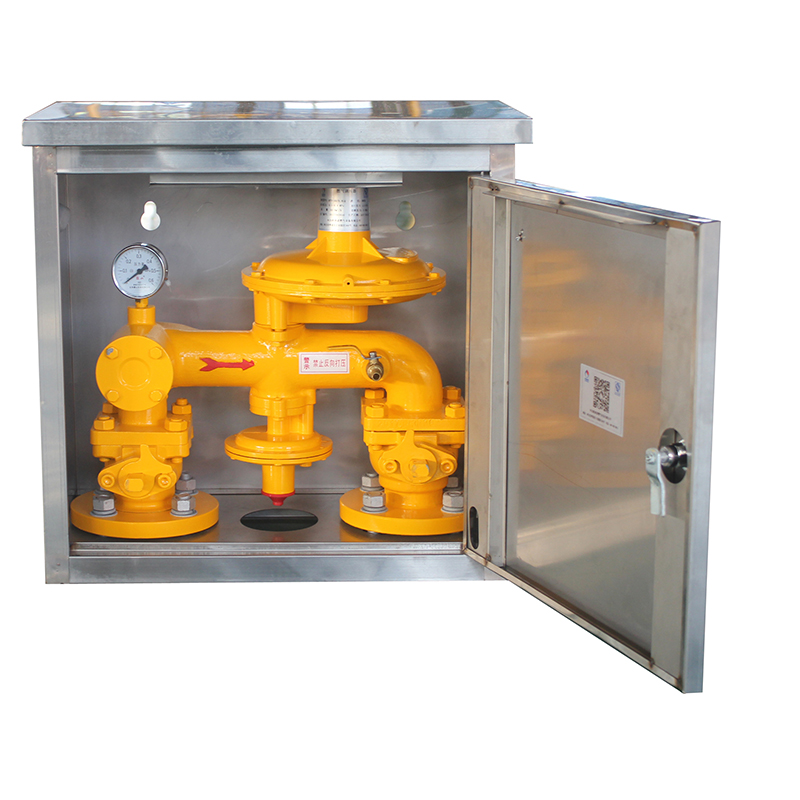
Nov . 15, 2024 20:46
Back to list
pressure regulating skid
Understanding Pressure Regulating Skids Key Components and Applications
In various industrial applications, the regulation of pressure is paramount for ensuring safety, efficiency, and operational reliability. One of the effective solutions utilized for this purpose is the pressure regulating skid. This system is designed to manage and control the pressure of fluids, such as gases and liquids, within pipelines, ensuring that they remain within safe and operational parameters.
A pressure regulating skid typically consists of several key components, including pressure regulators, control valves, instrumentation, and safety devices, all integrated onto a skid-mounted framework. This modular design allows for easy transportation and installation, making it suitable for temporary and permanent applications alike. The skid design also means that all components are pre-assembled and tested before deployment, reducing the time and complexity of on-site installation.
The primary function of a pressure regulating skid is to maintain downstream pressure within a specified range. It achieves this through the use of pressure regulators, which automatically adjust the flow of the medium based on real-time pressure readings. These regulators can respond to fluctuations in demand or changes in upstream pressure, ensuring stable operation even in dynamic environments.
pressure regulating skid

Instrumentation plays a critical role in the operation of pressure regulating skids. Devices such as pressure sensors and flow meters provide continuous monitoring and data, allowing operators to make informed decisions. Advanced control systems may also be integrated into the skid to automate processes further, providing remote monitoring and control capabilities for enhanced operational oversight.
Safety is another crucial aspect of pressure regulating skids. They are equipped with safety relief valves and alarms to prevent over-pressurization, which could lead to equipment failure or hazardous situations. By adhering to safety standards and regulations during the design and implementation phases, pressure regulating skids significantly reduce risks associated with high-pressure systems.
Pressure regulating skids find applications across a variety of industries. In the oil and gas sector, for example, they are used to control gas pressure in pipeline systems, ensuring safe transport and distribution. Similarly, in chemical processing, these skids are vital for managing the pressure of reactants, which can be sensitive to variations in pressure. Additionally, they are employed in HVAC systems to maintain consistent pressure levels for efficient operation.
In summary, pressure regulating skids are essential tools for managing fluid pressure in industrial applications. With a focus on safety, efficiency, and ease of installation, these modular systems play a crucial role in a wide range of sectors. As industries continue to evolve, the demand for advanced pressure control solutions will likely grow, further underscoring the importance of pressure regulating skids in modern operations. Their ability to enhance operational performance while ensuring safety and compliance will secure their place in the future of industrial engineering.
Next:
Latest news
-
Safety Valve Spring-Loaded Design Overpressure ProtectionNewsJul.25,2025
-
Precision Voltage Regulator AC5 Accuracy Grade PerformanceNewsJul.25,2025
-
Natural Gas Pressure Regulating Skid Industrial Pipeline ApplicationsNewsJul.25,2025
-
Natural Gas Filter Stainless Steel Mesh Element DesignNewsJul.25,2025
-
Gas Pressure Regulator Valve Direct-Acting Spring-Loaded DesignNewsJul.25,2025
-
Decompression Equipment Multi-Stage Heat Exchange System DesignNewsJul.25,2025

